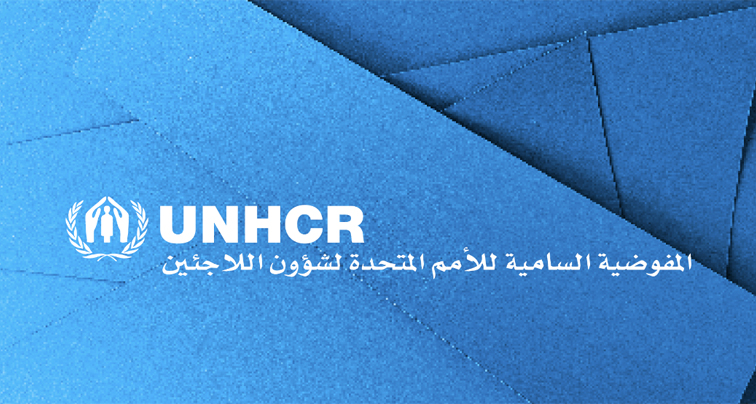
Continued Migration from Sudan to South Sudan
moatinoon
The influx of migrants from Sudan to the country of South Sudan continued throughout the week before the current month due to the ongoing war in Sudan.
According to the latest update from the High Commissioner for Refugees covering the period from January 11 to 17, approximately 15,000 new arrivals crossed the border from Sudan to South Sudan.
The report indicated that 14,299 individuals, registered during the covered week, crossed the borders from the Gedaref/Renk area in the Upper Nile state, with 2% of them crossing through the towns of Raja in Western Bahr el Ghazal, Kosti, Abyei, and Port Sudan. As of January 14, the total number of registered new arrivals reached 92,919 refugees and asylum-seekers in South Sudan. Among them, 46% are refugees and asylum-seekers recorded during the week covered by the report.
Since January 8, a total of 43,903 individuals constituting 8,977 families have been registered in Renk. The International Organization stated that the influx of people through Gorum is still ongoing despite the suspension of new arrivals registration activities, following the instructions of the South Sudanese government. During this time, 255 Sudanese fleeing conflict, in addition to 58 individuals, continued migration from Kakuma camp in Kenya.
The relocation of refugees and asylum-seekers from Renk to Maban continues, with 565 individuals comprising 186 families transferred during the reported period. Additionally, a small number of individuals, 67 people constituting 47 families from the Blue Nile State, self-migrated through the Foj border crossing to Maban. Later, 632 refugees, forming 233 families from the Genderas reception center, were transferred to their lands in the Kaya camp.
Six boats carrying 2,449 individuals from Renk arrived at the Malakal transit center, while 2,246 people left by air to Wau, Juba, Rumbek, and Wudokona. In total, 106,979 returnees from Renk have crossed to the Malakal training center since the beginning of the conflict. After the arrival of new arrivals from Renk and movements from Malakal during the week, an estimated 6,203 returnees are currently staying at the transit center.
Regarding the protection measures for arrivals, during the reported period, activities related to preventing and responding to gender-based violence were implemented at the Doro reception center, the new Kaya site in Maban, and in Renk.
General awareness sessions on child protection were organized at the Malakal transit center. Psycho-social support services continue at the Child-Friendly Space, involving 120 children in games, learning activities, and well-being sessions. The International Committee is resuming missing persons search services in Maban.
Concerning health and nutrition, major diseases in most transit centers remain malaria, respiratory infections, and diarrhea. Diarrhea cases at the Polockat transit center in Malakal increased by 38% compared to the previous week, with 390 cases recorded. This is attributed to drinking untreated river water during the migration from Renk to Malakal.
The trend of Sudanese, mostly from Heglig, crossing the border for medical care at the mobile clinic in the Panakuash reception center continues. They constitute 35% of the medical consultations conducted this week, exerting pressure on the limited capacity of the clinic, which is only equipped to provide emergency health services to new arrivals. This number of cases refuses registration and is transported to camps in Jamjang after receiving medical services at the border. The shortage of staff and medical supplies at Heglig Hospital due to the conflict drives this movement.
In Roteriak, returnees complained about not receiving food aid and inadequate health services.
Regarding sanitation and public hygiene, additional toilets are being built to mitigate the spread of cholera in transit centers in Malakal and Renk. However, there are still significant gaps in Renk, where the current ratio is one toilet for every 200 individuals, much less than the recommended standard of one toilet for every 20 people. In the Malakal transit center, 18 additional toilets have been built for adults, children, and persons with special needs.
Concerning shelter and basic relief materials, 17,290 individuals, forming 3,458 families, are accommodated inside/outside the fence surrounding the Renk transit center. The available shelters at the expansion site can only accommodate 3,600 individuals, according to UNHCR standards, so the construction of additional shelters continues.
Challenges include limited funding and delays in delivering transport materials. New arrivals, 632 individuals forming 233 families in the Kaya camp, have been provided with shelter and basic relief materials.
Additionally, 33 heads of households and 56 individuals were transferred from the reception center in Pameer to refugee camps and supported with basic relief materials. Among these, 14 vulnerable families were supported with emergency shelters hastily constructed.

